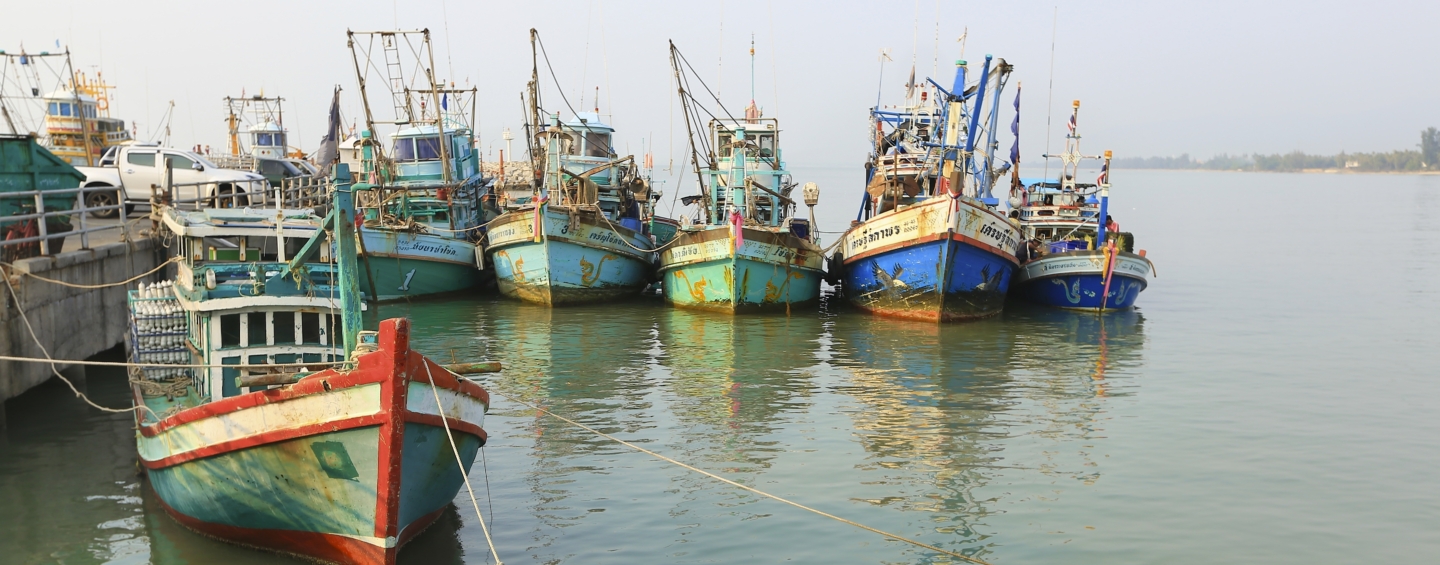
SFP’s publication of socioeconomic evaluations for blue swimming crab fisheries in Indonesia, the Philippines, Sri Lanka, Thailand, and Vietnam represents a first for the organization.
These evaluations, now available in draft form on FishSource, are a culmination of our efforts to develop a simple, desk-based tool for evaluating socioeconomic performance in fisheries and informing conversations about seafood and social development.
In 2016, SFP worked alongside social and economic experts to develop a reliable methodology for evaluating a fishery’s socioeconomic performance that could be used in conjunction with environmental sustainability measures to monitor and drive progress, particularly in small-scale fisheries. This research was made possible by the support of the Rockefeller Foundation. Our team proposed 10 performance indicators, covering factors such as profitability, wages, economic flexibility for fishers, and community dimensions including measures of health and education. In late 2017, we conducted a pilot exercise to apply the proposed indicators to the five Asian blue swimming crab fisheries.
Our results highlight the challenges of assessing the social and economic performance of fisheries, including, first and foremost, the paucity of socioeconomic data for fisheries. Furthermore, they reflect the difficulties that many fishery improvement projects (FIPs) are likely to face when factoring social and economic considerations into their improvement strategies. Even basic information such as the number of vessels involved in a fishery is sometimes lacking (especially if the fishery is small-scale), and more complex information regarding fishers’ socio-cultural practices can also be difficult to locate. Where socioeconomic data is available, it is rarely at the fishery level, and the type of data that can be compiled often varies in form from fishery to fishery and country to country.
Thus, we suggest that a call to action is needed from across the seafood industry for more consistent data collection and reporting on social and economic conditions in fisheries. Discussion and collaboration between FIPs and FIP stakeholders is required to determine what socioeconomic information is most useful to fishery improvement efforts, and how it should be collected and reported so that this data can be made available in a systematic way. Where the industry could best capitalize on the collection and inclusion of such information is still a question to be answered, but existing FIP reporting platforms such as Fishery Progress, MSC Pre-Assessments, and FIP scoping documents are likely to be a prime location.
We encourage FIP stakeholders to continue these discussions in 2018 and beyond, so that we can collectively drive forward improvements to fisheries and to the improvement process itself. Also, we would appreciate hearing your comments on the draft evaluations, which are available under Data Notes in the “Scores” section of the relevant FishSource profiles. You can reach us through the “Add comment” feature on each profile or by emailing contact@fishsource.org.
Links to the relevant FishSource profiles are provided below:
Blue swimming crab – Indonesia
Blue swimming crab – Philippines

